
As the saying goes, "learning takes a lifetime", even I, who has lived in Japan for 5 years, am still learning every day.
There is one thing piqued my interest in the recent news - In fall 2022, the Ghibli Park will open in the Expo 2005 Aichi Commemorative Park (Aichi Prefecture), and while the Ghibli fans all over the world were excited, the media used the phrase "about 40 Tokyo Domes" to describe the area of the park.
Umm... How big is "about 40 Tokyo Domes"? Actually, there are many such metaphorical units in Japan, and although we only know that they are "big!", It is often difficult to tell how big they are.
In order to eliminate the lingering unclearness, let's introduce the expressions in numerical form that are maybe useful or not so useful for repeated traveler to Japan.
【Area section】I don't know how big "size of 〇 Tokyo Domes" is!
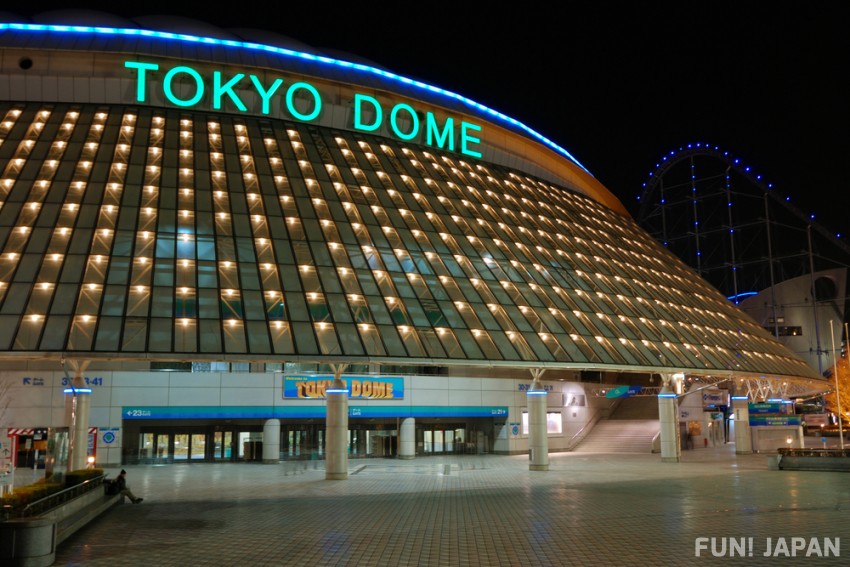
In Japan, the expression "the size of ○ Tokyo Dome(s)" is often used when comparing the size of buildings and facilities.
It can be said that it is a unit unique to Japan that appears so frequently that there is not a single day you won't hear this expression from the media, such as "1 Tokyo Dome" and "3 Tokyo Domes". However, not to mention tourists visiting Japan, there are many Japanese who have never been to Tokyo Dome, and there are even more people saying that they cannot picture how big it is at all...
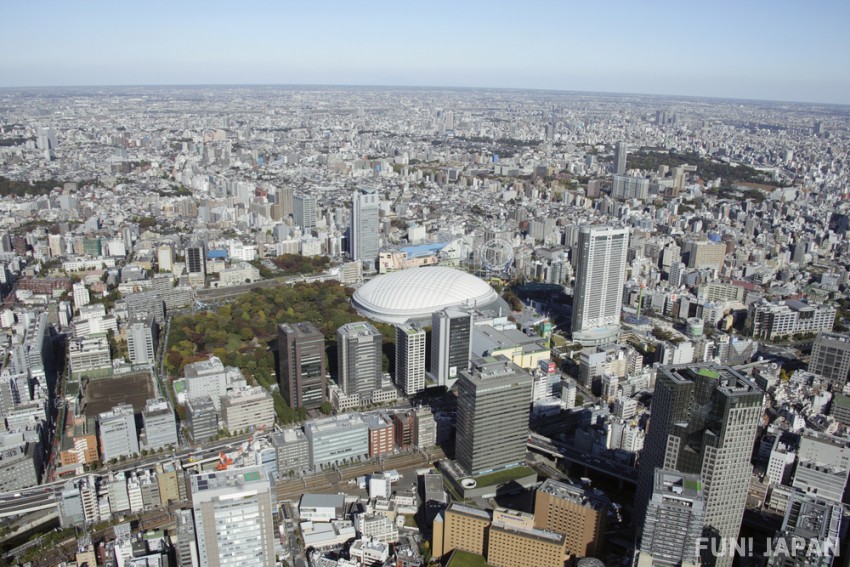
That said, from here on out, let's unravel "How big is the Tokyo Dome actually?"
The building area of Tokyo Dome is 46,755 m² (about 4.7 ha). It's still too big, so let's comparing with something familiar to you and see how many of it is equal to "one Tokyo Dome".
| Example | Size | |
| Swimming pool (Olympic-size pool) | Length 50m x Width 25m | About 37.4 pools |
| Soccer field (FIFA recommended size) | Length 105m x Width 68m | About 6.5 fields |
Next, I did some comparison of tourist spots familiared by tourists equivalent to the number of Tokyo Domes.
| Spot Name | Area | |
| Tokyo DisneySea🄬, Chiba Prefecture | About 61ha (* 1) | About 13 Tokyo Domes |
| Tokyo Disneyland🄬, Chiba Prefecture | About 51ha (* 1) | About 10.9 Tokyo Domes |
| Shinjuku Gyoen National Garden, Tokyo | About 58.3ha | About 13 Tokyo Domes |
| Huis Ten Bosch, Nagasaki Prefecture | About 152ha | About 32.5 Tokyo Domes |
* 1: Theme park area
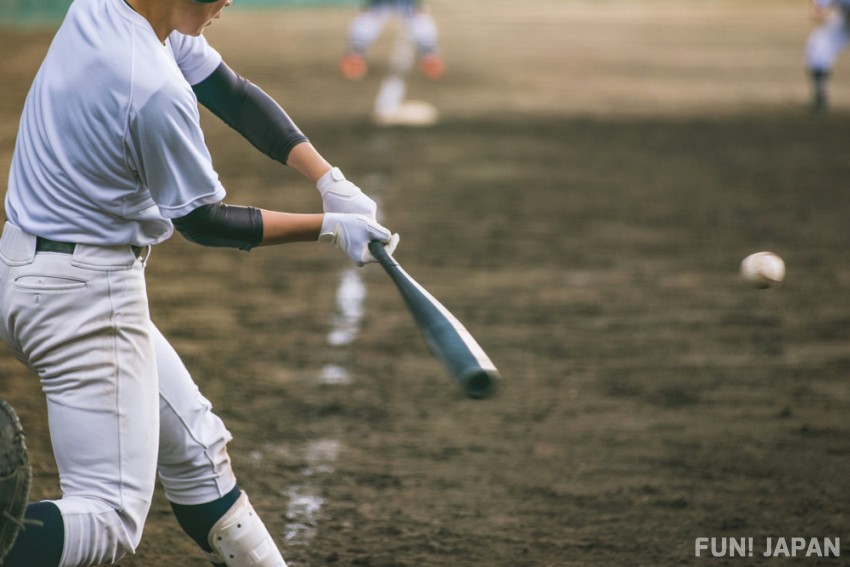
It is not clear why the expression "〇 Tokyo Domes" came to be used, but according to one theory, it is said to be derived from the remnants of Korakuen Stadium (disassembled in 1988), which is the center of Nippon Professional Baseball completed in 1937.
Korakuen Stadium has long been used as the home of the popular Yomiuri Giants at the time, and the games were broadcast nationwide on television many times, making it a building that most people can imagine. The customary expression "the size of 〇 Korakuen Stadiums" has been inherited since the opening of Tokyo Dome in 1988, and is still used today. In addition, since it can accommodate as many as 55,000 spectators, it is thought that one of the reasons it is used widely is that the image that "a lot of people can enter at once" has taken root as well.
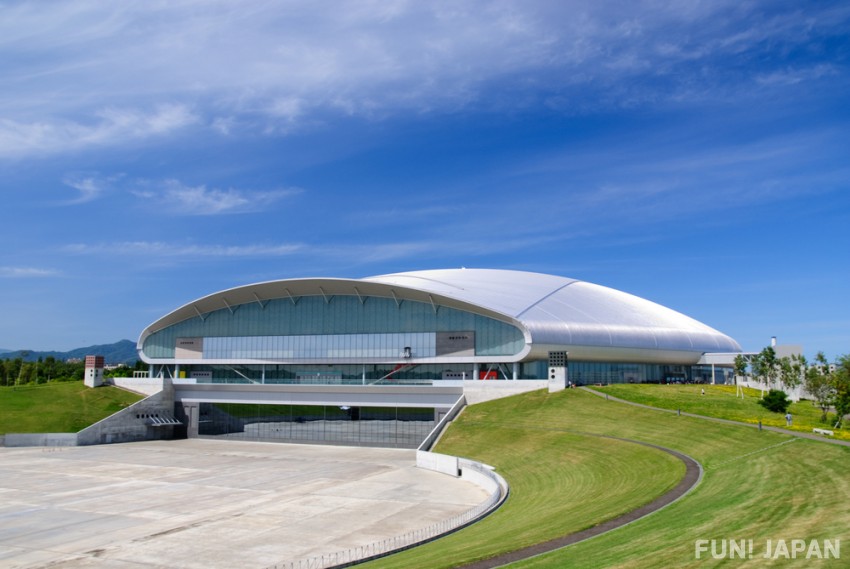
Depending on the prefecture, the expressions "the size of 〇 Sapporo Domes" (Hokkaido) and "the size of 〇 Hanshin Koshien Stadiums" (Kansai) may be used instead of "the size of 〇 Tokyo Domes".
Did you get the image of how big it is a little better with this? (If you don't quite grasp the size yet, just remember that "Tokyo Dome = BIG")
Related Articles:
- The Imperial Palace, which has an area equivalent to about 25 Tokyo Domes
- Tokyo German Village boasts a vast garden equivalent to about 19 Tokyo Domes
【Height section】I don't know how high "〇 times that of Tokyo Tower" is!
Speaking of the metaphorical unit of the height division, the names of "the three giants" which are scenic spots for sightseeing in the Kanto region, namely Tokyo Tower, TOKYO SKYTREE, and Mt. Fuji, are often mentioned.
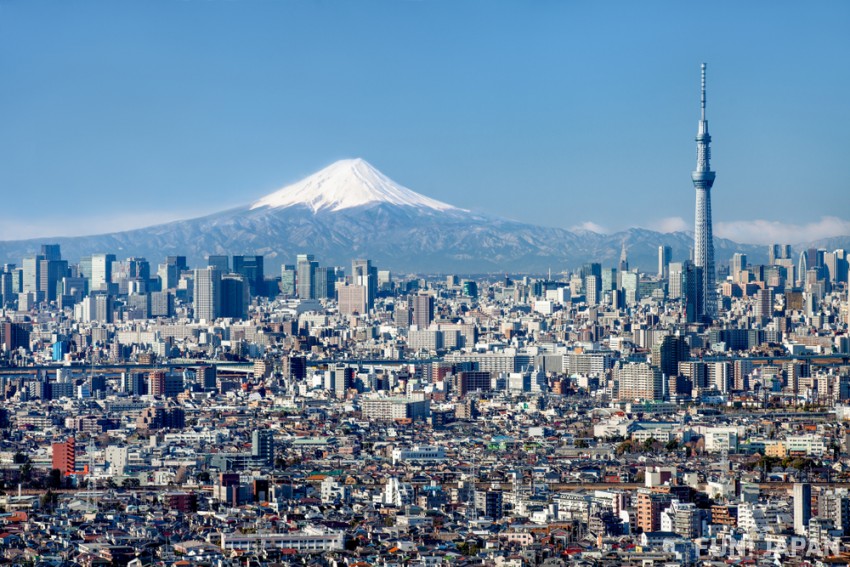
If you are a reader who has overlooked the scenery from the observatory or climbed Mt. Fuji, I am sure many people may have a clear image of how high they are. However, few people know the actual height of each.
| Spot Name | Height |
| Tokyo Tower | 333m |
| TOKYO SKYTREE | 634m |
| Mt. Fuji | 3,776m |
Especially when you want to emphasize a huge number or an order of magnitude higher, the phrase "height of 〇 Mt. Fuji" is often used.
Like "Annual number of paper passbooks issued 'at the height of two Mt. Fuji'" and "The cumulative number of shipments in the first month of (product) release is equivalent to the height of about four Mt. Fuji", these expressions are often found in press releases and news articles.
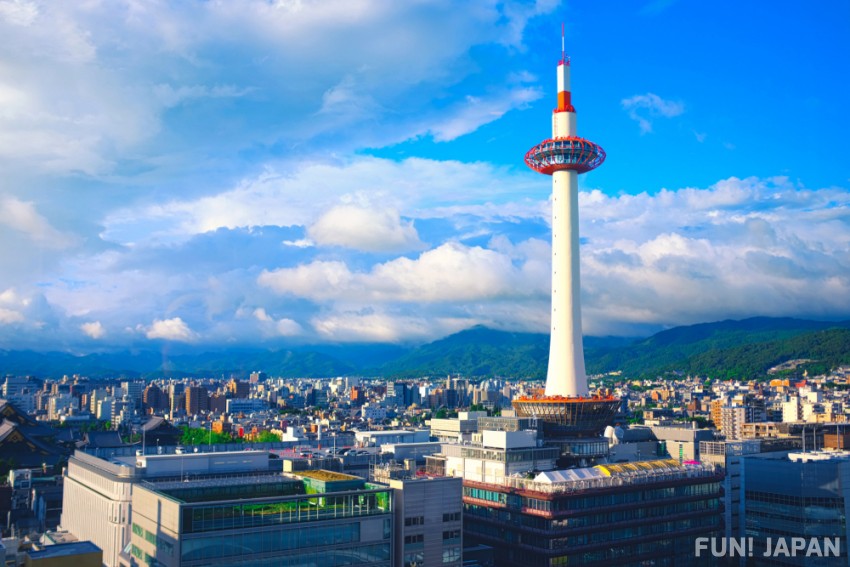
Also, it can be compared to a symbolic building for each area instead of Tokyo Tower / TOKYO SKYTREE. But when it comes to Tsutenkaku Tower in Osaka, Kyoto Tower in Kyoto, and so on, it's even harder to understand...
【Distance section】I don't know how long "Yamanote Line 〇 laps" is!
If the area representative is Tokyo Dome, the distance representative is the Yamanote Line.

The JR Yamanote Line, a train line you should probably use once when traveling to Tokyo. Since it is a nationally famous railway line, the mileage of one lap (34.5km) is often taken up as a standard. For example, if you connect all the 10,000 buses that run in Tokyo, it seems that the distance is the same as the distance that you can make about 4 laps on the Yamanote Line (* 2)!
By the way, it takes about 1 hour to go around all 30 stations by train, but if you walk around, it will be about the same distance as a full marathon, and it will take more than 12 hours. (you don't walk on the same track as the train, right?)
* 2: From the Tokyo Bus Association "Tokyo Bus Information WEB"
Related Articles:
Postscript: The national snack "Umaibo"
There are still many examples that seems typical for Japanese people, such as "can buy 〇 Umaibo (* 2)", which is often used when you want to express the price (especially when you want to express the cheapness of the price). Dear FUN! JAPAN readers, is there a similar expression in your country? If you have any, please let me know in the comments.
* 3: One of the Japanese national snacks. As of May 2022, each stick og Umaibo is sold for 12 yen (excluding tax), which is a typical example of "cheap-priced items".
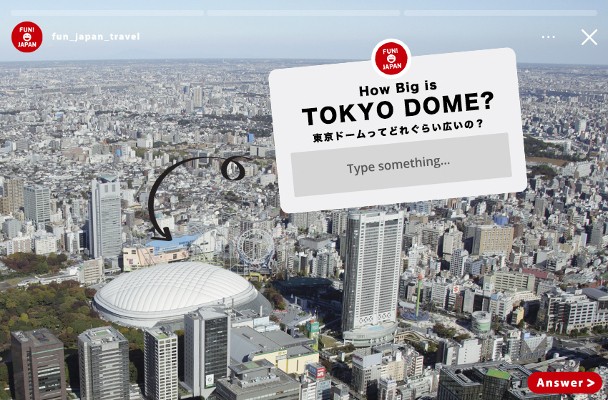
Comments